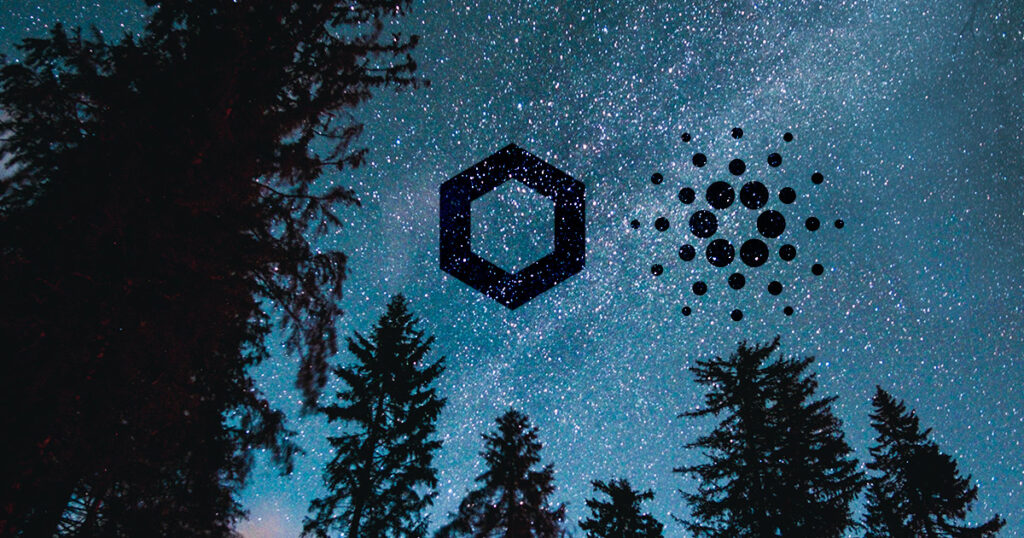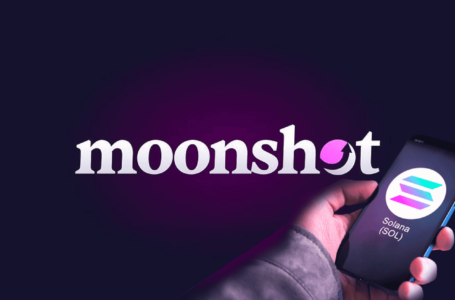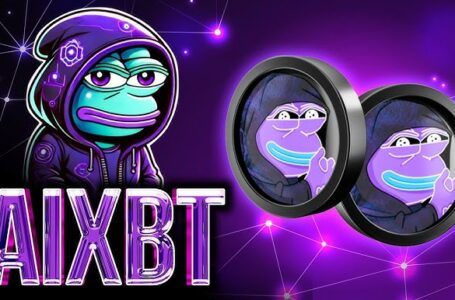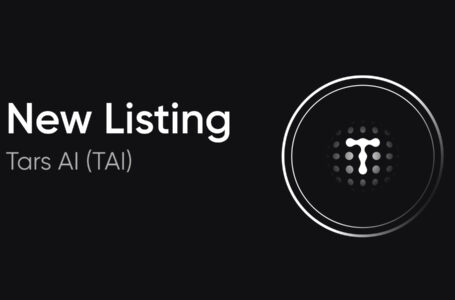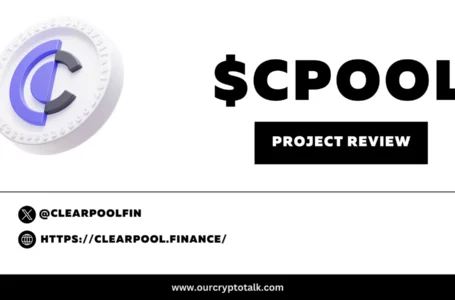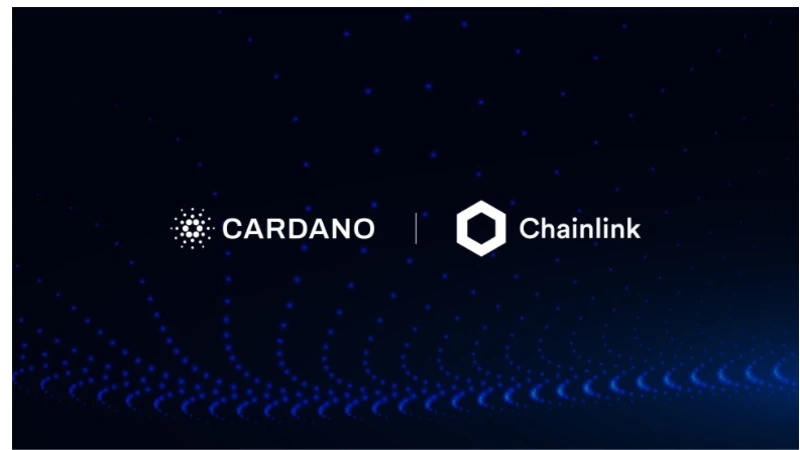
Chainlink vs. Cardano is a common debate that traders come across when discussing popular projects in the market. Both of these tools have a strong user base and developer support. However, upon closer inspection, you will discover these networks are more likely to work together rather than compete. Here’s some valuable insight into Chainlink vs. Cardano.
What is Chainlink?
Chainlink has been in the market since 2014 when it entered under the name SmartContract.com. The platform operates as a decentralized network of oracles. Oracles are sensors that are designed to communicate data back and forth between a blockchain and third parties.
Oracles can be used to tell the price of an asset or even the weather. Some oracles register if a loan was completed or the score for a game. The main thing to understand is that these off-chain sensors are a crucial part of many of the most popular platforms in the blockchain space.
Chainlink entered the market running when it secured $32M during its ICO (Initial Coin Offering). Following its successful ICO, the network quickly inked a deal with Google which helped cement the platform as a stable and reliable source of data for development.
What is Cardano?
Cardano is a layer 1 blockchain that enables users to create digital assets and dapps. The network took the unusual approach of following the scientific method during development. This approach meant that the entire process was under peer review. Even today Cardano works closely with the academic sector, providing valuable computational power and programmability.
Cardano entered the market during the crypto break-out in 2017. The network saw immediate support from the market for a variety of reasons. For example, the main developers were both well-known for their work on Ethereum. Jeremy Wood and Charles Hoskinson took their experience and expanded upon it to create Cardano.
Every aspect of the project has some academic twist. For example, the project’s name comes from the Italian polymath and physician, Girolamo Cardano. Also, the network token ‘ADA’ is named after the world’s first computer programmer, Ada Lovelace.
What Problems was Chainlink Built to Alleviate?
The main issue that Chainlink was designed to resolve was incorrect data provided by oracles. The oracle system before Chainlink was centralized, meaning that they usually depended on a single oracle to supply vital data. There are several issues with this approach.
For one, it makes no sense to build a decentralized network and then leave a vital component in the hands of a centralized sensor. Additionally, centralized sensors can be hacked, manipulated, or muted without the network knowing. Chainlink introduces a redundant blockchain oracle system that eliminates these issues.
Additionally, wrong information on an immutable blockchain causes many issues and network congestion. Chainlink eliminates these issues through a self-healing network of sensors that are vetted and ranked according to their past credentials.
What Problems was Cardano Built to Alleviate?
The academic minds behind Cardano wanted to solve some of the biggest issues facing long-term crypto adoption, such as ensuring the network was sustainable. To accomplish this task they decided against the PoW consensus system. Instead, a more sustainable PoS consensus was used which eliminated the need for miners.
Lack of Standards
Another industry concern that Cardano wants to help solve is the lack of standards in the area. When an industry lacks standards, innovation suffers. Think of cell phones before the introduction of USB chargers. The same goes for blockchain networks. As long as developers need to rethink solutions, there is wasted energy. Cardano wants to set new standards to improve innovation.
How Does Chainlink Work?
Chainlink provides its services to Dapp developers in several different ways. The system enables users to make requests that get broadcast to the network of oracles. The unique thing about the Chainlink system is that it will automatically break down the data and determine how many oracles and what types are needed to complete the task.
The process begins with a Chainlink Reputation Contract. This is a protocol that verifies that the oracle is a part of the network and has been vetted for malicious conduct. Each oracle in the Chainlink network has a rank. Those that rank higher get first access to offerings. This approach helps to ensure the data is accurate and timely.
Token – LINK
LINK is the main utility token for Chainlink. The token is required to interact with any features of the network such as request data or execute smart contract triggers. You can pay fees and access data streams with LINK. Notably, the token has a limited issuance of 1,000,000,000 LINK at this time.
How Does Cardano Work?
Cardano is a layer 1 blockchain that provides programmability and security to the market. The protocol leverages the Ouroborus consensus mechanism to remain valid. This PoS consensus mechanism enables users to stake their tokens to secure passive returns. The consent system uses randomly selected leaders to approve blocks.
Cardano also leverages snapshots of the state of the blockchain called epochs to improve performance. Epochs enable validators to reduce the amount of time they need to look back in the blockchain to ensure validity. The developers have stated that the deeper an epoch is the better it is for the process.
Cardano provides a good balance between performance and sustainability, which makes it an attractive option for many users. Additionally, the protocol leverages a multi-ledger and sidechains which improves usability by expanding functionality. Also, the network is capable of processing transactions in parallel which improves performance further.
Token – ADA
ADA is the primary utility token for the Cardano network. You can use ADA to execute smart contracts and utilize Dapps. ADA users may take their tokens to secure passive returns and help secure the network in an energy-efficient manner.
Bottom Line
Now that you understand the differences between Chainlink (LINK) and Cardano (ADA), you can see why these networks are popular. Chainlink has found a home across the DeFi sector and Dapp development communities whereas, Cardano provides valuable programmability and processing to the academic sector. As such, both projects remain popular options in the market today.
